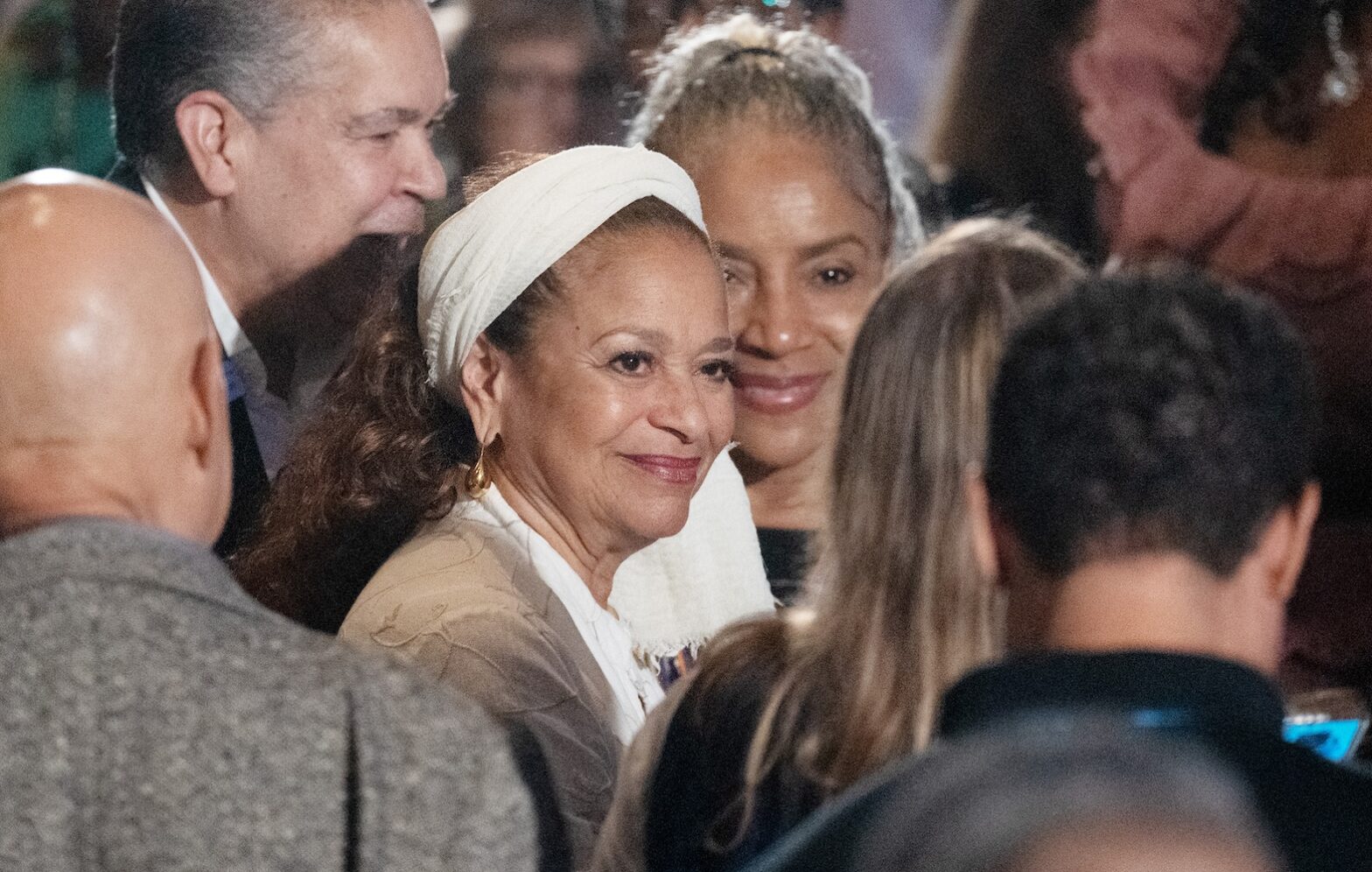International travel is not just for couples, single people, and millennials anymore. Families are also jumping on the wave, but they’re turning it into something more meaningful.
Some parents are moving away from the idea of traditional education and instead implementing “worldschooling.”
Worldschooling is the idea that by traveling to different countries and allowing children to be immersed in the culture, they are being educated by the world around them, instead of through textbooks. Whether the families completely pack up life in their home country to hop around the world or travel during certain periods of the year, this concept is quickly catching on.
Related: Meet The Parents Who Decided To “World School” Their Daughters
Worldschooling has its positives and negatives. Yunche Wilson and her husband Tim have been worldschooling their children over the last few months. Yunche told Travel Noire “they [the children] are always learning about new places we visit, cultures of that region, and are exposed to new foods and experiences. This allows them to open up to new people and be culturally sensitive. It also opens up their mind to know that the world does not revolve around a singular culture/country.”
She also said “they have become acclimated to our mantra ‘learning happens every day,’ no matter where you are in the world. This has made them hungry for knowledge on all kinds of topics.”
“It is training their mind to not think of learning as a chore or something to dread but something to look forward to and enjoy since it is simply a part of everyday life,” she continued. “Additionally, there is no bullying, no guns, and teachers who don’t care about how my child learns differently from the other kids.”
On the flip side, worldschooling has its cons. “You are always the only teacher for your child. It is only you and them at all times. And at times everyone needs their space and some alone time. Since there are two of us (mom and dad), we are able to take turns.”
Children who are worldschooled are mostly traveling within their own family. They don’t have as much exposure to other children their age. They may meet families along each stop, but the relationships are more temporary since the families are always on the go.





